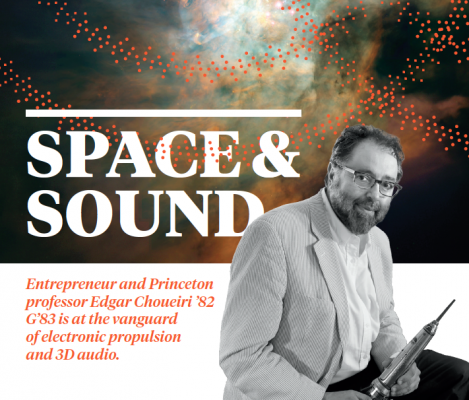Professor Shikha Nangia Named as the Milton and Ann Stevenson Endowed Professor of Biomedical and Chemical Engineering
The College of Engineering and Computer Science (ECS) has announced the appointment of Shikha Nangia as the Milton and Ann Stevenson Endowed Professor of Biomedical and Chemical Engineering. Made possible by a gift from the late Milton and Ann Stevenson,…


 now and you must be well above 30. Although you exist in a different time, I am talking to you through this machine I have in my hands. I’m not sure if this tape will survive. I would love it if I had become an astronaut or you were working in aerospace and electronics or playing with instruments.”
now and you must be well above 30. Although you exist in a different time, I am talking to you through this machine I have in my hands. I’m not sure if this tape will survive. I would love it if I had become an astronaut or you were working in aerospace and electronics or playing with instruments.”